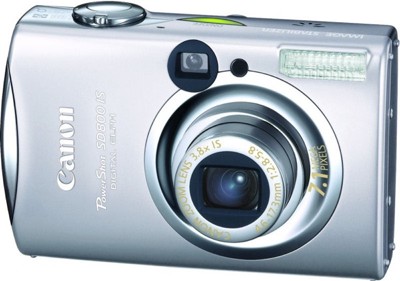There is, in reality, very little choice when it comes to effective tools
A friend in England, a fine landscape photographer who has had work published by the BBC, asked for upgrade advice relating to her 4 mp digital point-and shoot. Here’s what I wrote:
“I am, believe it or not, the worst possible person to ask about the right digital camera. I used film for the past 45 years and only went digital when Canon announced the large sensor-equipped 5D. It’s outrageously expensive, overpriced, and bulky, so I would not recommend it. However, as big prints are my ‘thing’, it was the only choice.
However, one site which I do read (it’s written by an Englishman, by the way) is DPreview. Though they take advertising dollars, they are very objective and never kow-tow to manufacturers, not hesitating to trash bad gear. Unusual for commercial sites.
They have a half decent ‘camera picker’ – click on ‘Buying Guide’.
What little I know is:
1 – Don’t get caught up in the ‘more megapixels’ craze. With the very small sensors in most digitals, once you have 6 or 7 mp, quality thereafter does not improve. You cannot get a quart out of a pint pot.
2 – Most digitals have zooms – only look for optical zooms. ‘Digital zooms’ merely electronically magnify the image resulting in simply horribly poor definition.
3 – Don’t buy small just for the smallness – it usually translates into cameras that are difficult to hold steadily.
4 – Look for an optical viewfinder. The LCD screen-only cameras (sadly, the majority) have screens that are very hard to see in daylight and, as you are holding the camera at arm’s length, will rob you of a steady hold afforded by a traditional v/f camera braced against the forehead. All digitals have LCD screens – few have an optical v/f.
5 – If you have ambitions to make larger prints (my standard is 18″ x 24″ but I would hardly advocate that) look for Optical Image Stabilization – motion sensors in the camera reduce the visible effects of camera shake which so take away from definition with bigger prints.
6 – Consider buying a small tripod and use the self-timer for vibration free pictures. With landscapes you are rarely in a hurry.
7 – Avoid ‘electronic’ viewfinders (a small, blurry, LCD screen you look at through the prism) found in many of the lower priced, fixed lens, SLRs. They are simply horrors to use.
8 – Forget about super telephoto zoom lenses. You don’t need them and they are of poor optical quality. Rather, with your subject matter, a really wide lens is far more important.
I ran the following parameters in the DPreview.com screen for you:
Wide lens at the short end of the zoom lens (28mm)
Image stabilization – Yes
Viewfinder – optical
Current model – yes
All other parameters – Don’t Mind
Only one camera came up!

Canon SD800IS. 28mm wide lens and a proper viewfinder, not to mention IS
This is what I would call ‘medium priced’ – $320 or so here.”
So with just a few rational parameters the choice comes down to one. How sad. When will digital camera makers start taking pictures with their mostly execrable creations and realize that what they make is not what the consumer wants? Or do they all reside in Detroit? Sure, the consumer does not know what he wants, but it’s hardly difficult to explain. Just use the came4ra you produce, and you will see just how bad it is.